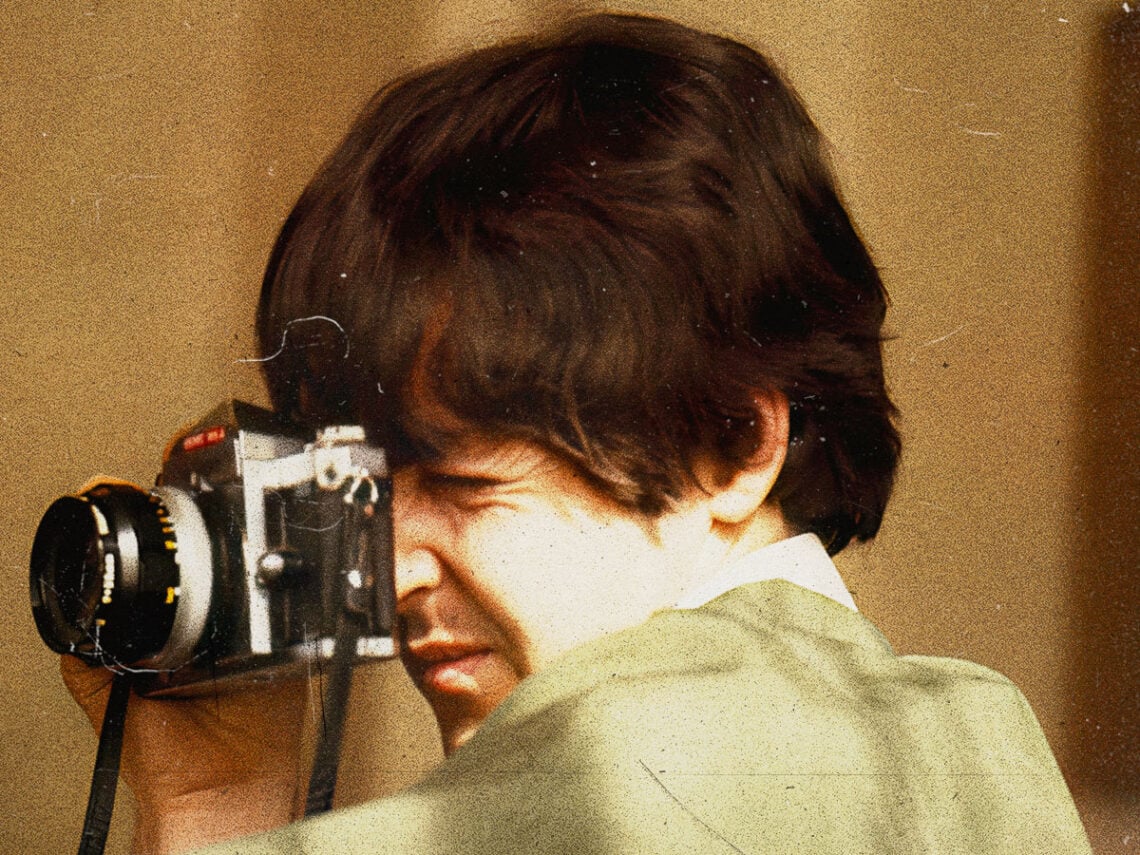In 1957, John Lennon and Paul McCartney met for the first time at St. Peter’s Church Hall fete in Woolton, Liverpool. Somewhere among the ancient headstones in the churchyard lay the engraving “Eleanor Rigby”, a name these two budding musicians would make world-famous nine years later with the arrival of The Beatles masterpiece album, Revolver.
Although McCartney would love to claim that ‘Eleanor Rigby’ was incepted the very day he met Lennon, this wasn’t the truth. Indeed, McCartney may have stored the name in his subconscious, but the name Eleanor was particularly popular in the 20th century, and Rigby is certainly not scarce among British surnames. As it transpires, McCartney’s Eleanor Rigby was very much alive when he met her.
During his teen years, McCartney made an early start on his people-pleasing ways by offering to help an elderly neighbour with menial chores. As you might have guessed, this local sweetheart went by the name Eleanor Rigby. “I found out that she lived on her own, so I would go around there and just chat,” McCartney once recalled, “which is sort of crazy if you think about me being some young Liverpool guy.”
Besides Rigby’s loneliness, McCartney took creative license, conjuring up the twisted tale of Father McKenzie, who wipes “dirt from his hands as he walks from the grave”. With such a line, one can understand the rumours related to St. Peter’s Church, but we’ll take McCartney’s word for it.
‘Eleanor Rigby’ was a prominent milestone in McCartney’s development as a songwriter. During The Beatles’ early rise to fame, Lennon and McCartney focussed on upbeat rhythm and blues hits, often about love or lack thereof. In contrast, ‘Eleanor Rigby’ was a moving orchestral number that built upon the success of ‘Yesterday’, McCartney’s subdued contribution to Help!
Principally, McCartney wanted to frame ‘Eleanor Rigby’ with orchestral strings to evoke the same degree of emotion. “George Martin had introduced me to the string quartet idea through ‘Yesterday’,” the songwriter remembered in The Lyrics: 1956 To The Present. “I’d resisted the idea at first, but when it worked, I fell in love with it. So I ended up writing ‘Eleanor Rigby’ with a string component in mind.”
In contrast with the smooth, mournful strings heard in ‘Yesterday’, ‘Eleanor Rigby’ was more uptempo and intense. Much of this intensity was achieved by the sharp string work, inspired by Bernard Hermann’s famous stabbing sounds created for the murder scene in Alfred Hitchcock’s Psycho. “In George’s [Martin] version of things, he conflates my idea of the stabs and his own inspiration by Bernard Hermann, who had written the music for the movie Psycho,” McCartney added. “George wanted to bring some of that drama into the arrangement.”
Martin’s string arrangements undoubtedly added a thrilling edge to the story of ‘Eleanor Rigby’. The Hermann-inspired stabs highlight parallels between Norman Bates’ taxidermied mother and the lonely world of Rigby, who wears “the face that she keeps in a jar by the door”.
Listen to The Beatles’ ‘Eleanor Rigby’ below.



